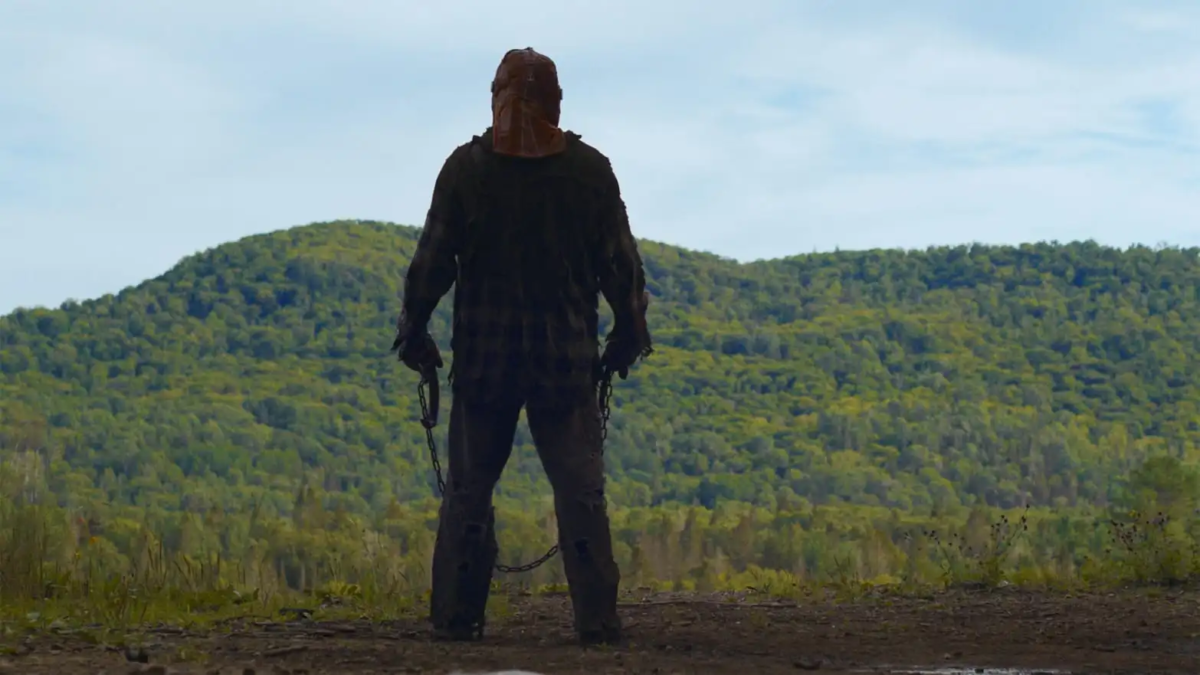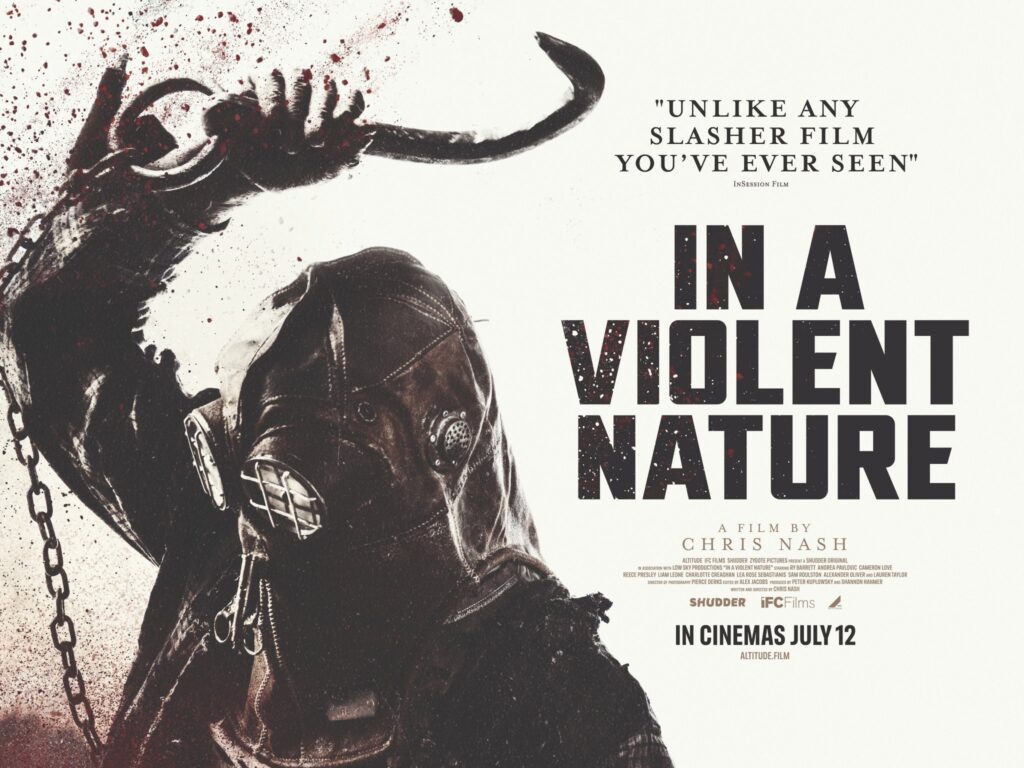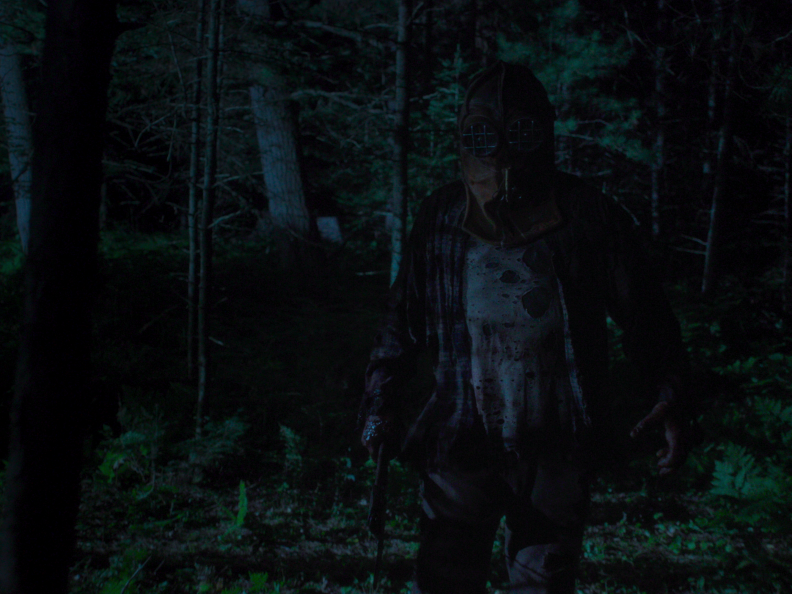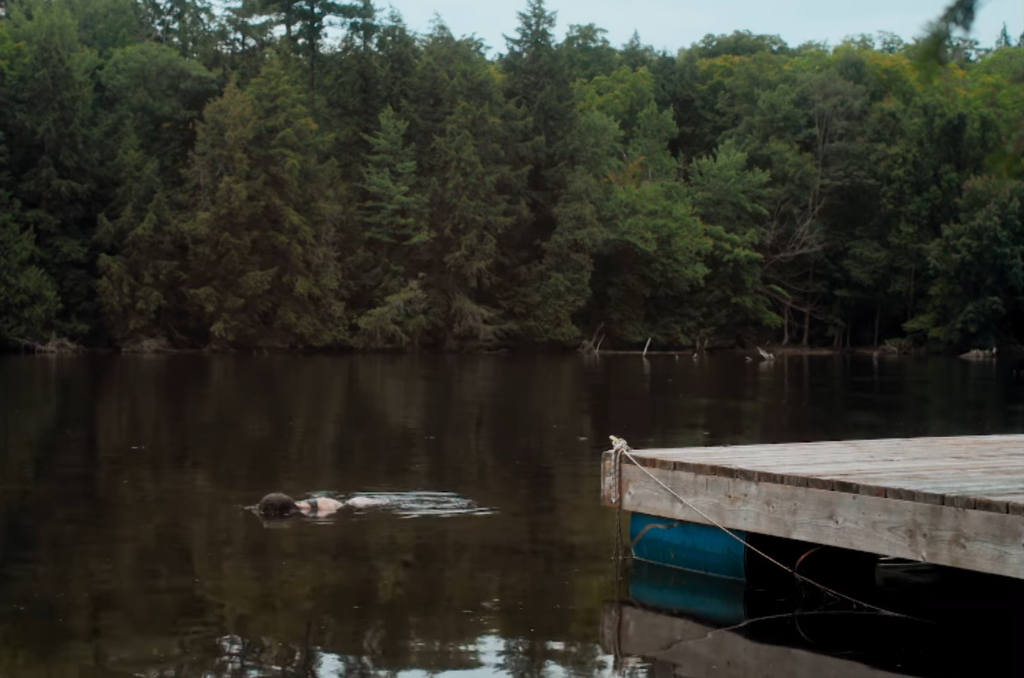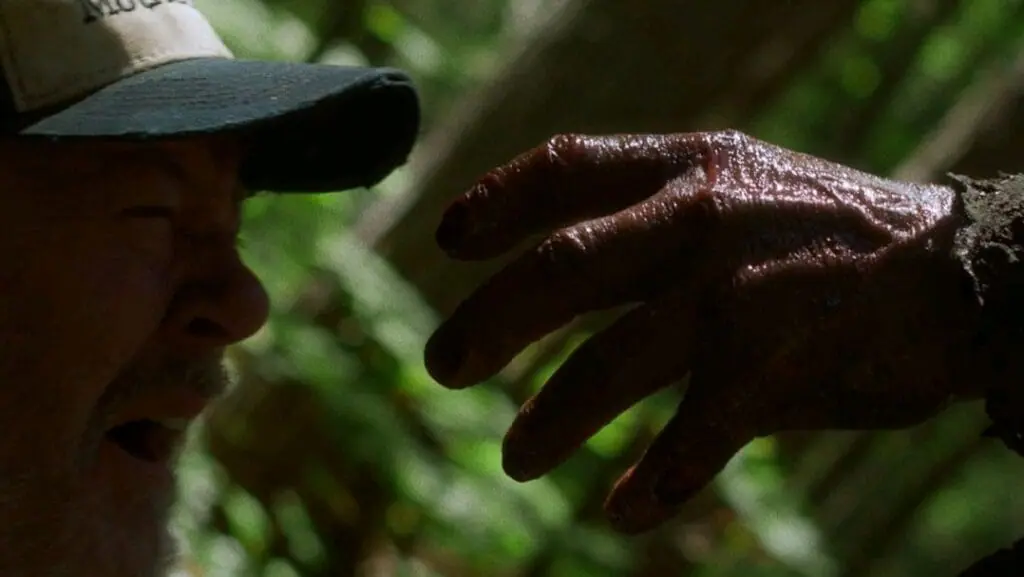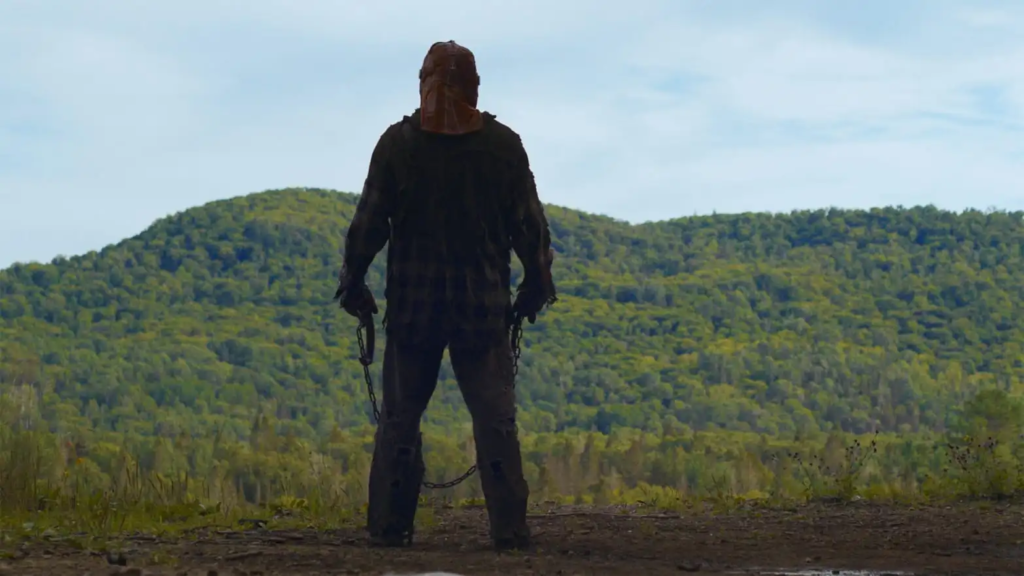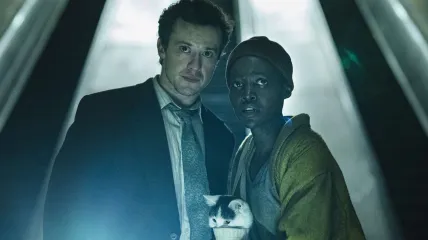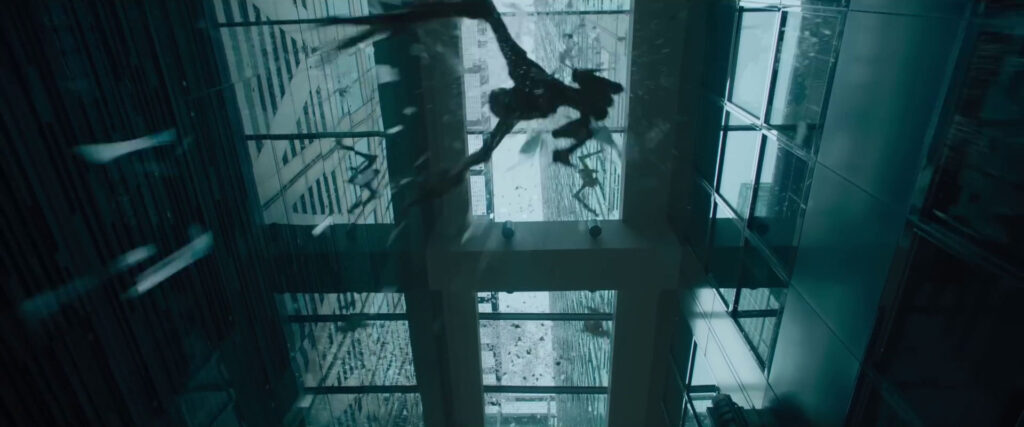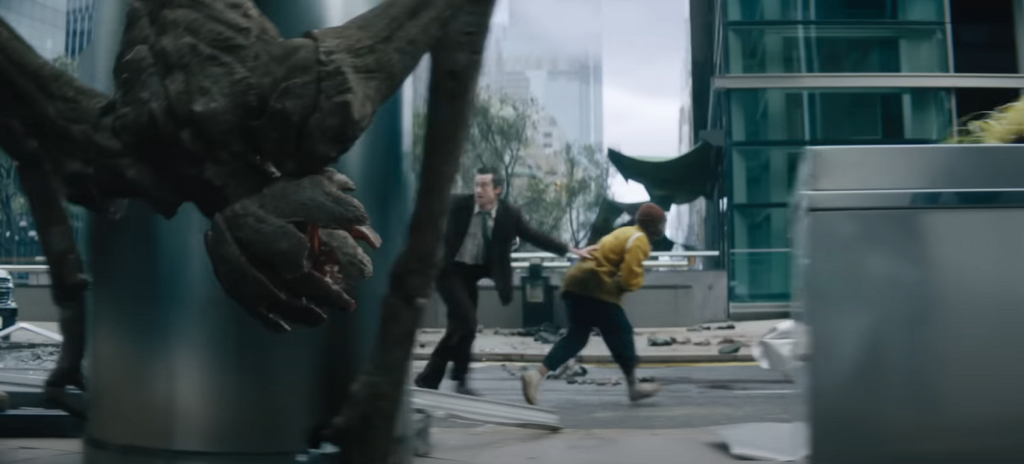Review – Longlegs (2024) Spolier Free
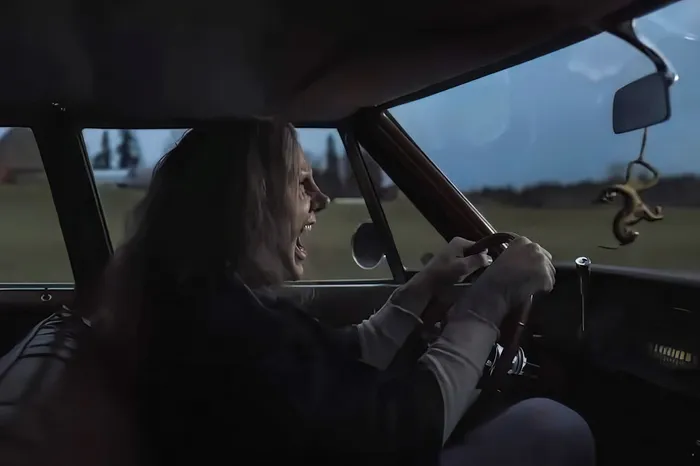
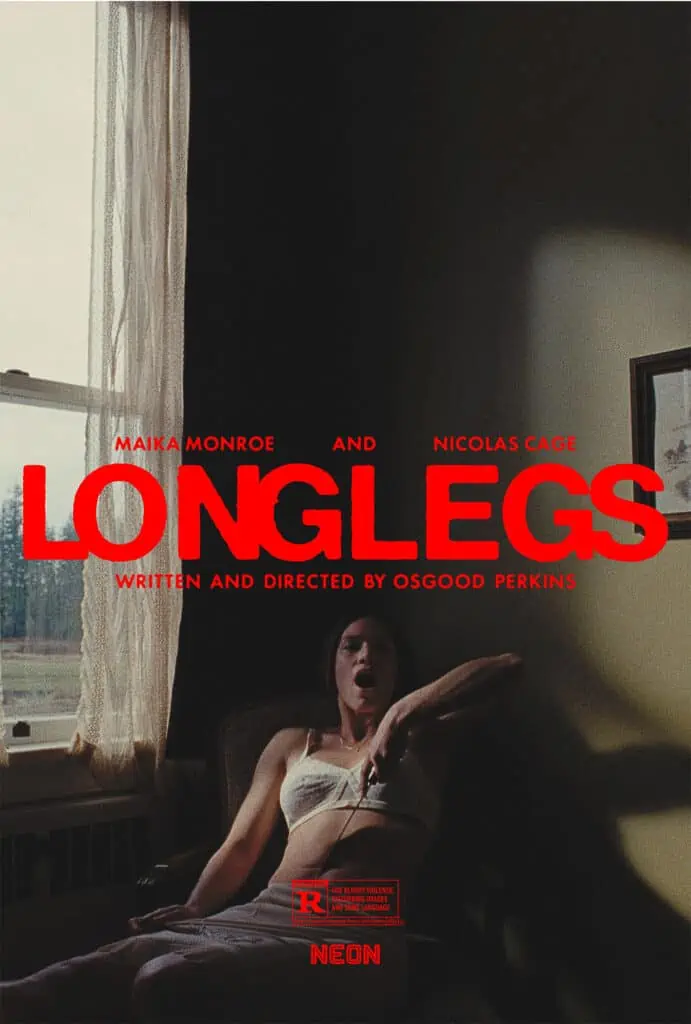
Written and directed by Osgood Perkins is Longlegs, the new horror film on the lips of seemingly everyone, following an FBI agent, Lee Harker (Maika Monroe), who has been tasked with solving the mystery behind the ‘Longlegs’ killer before they strike again.
Perkins understands dread, fear, panic, terror, and alarm, to name a few of the most horrid of feelings that plague the pits of mankind. It feels as if Perkins made a horror film for horror fans – not necessarily to please the masses and tick off a list of jumpscares and monotonous kills but for those desperate to witness a film that really gets under the skin and creates a lasting impression. In a sense, Longlegs does not simply poke the bear and illicit a frightful moment that ends the minute after leaving the theatre; instead, Longlegs’ ability to really rattle the psyche enforces a lingering stain upon the immersed viewer.
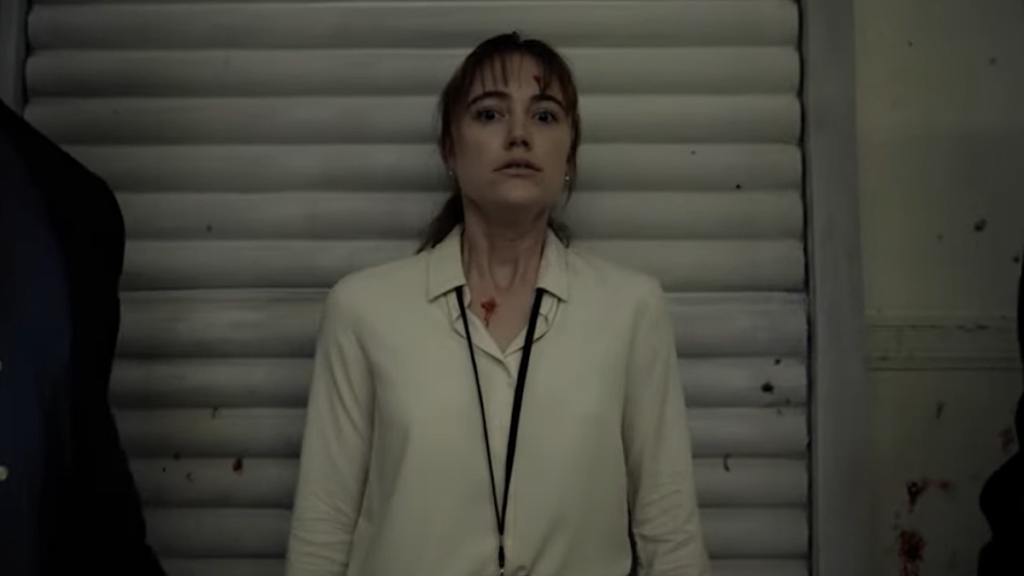
There are varying ways in which Longlegs grafts for this commendation, which is quite the case considering the stellar box office stats and apparent praise beaming from left, right and centre. One of the significant calls to success are the performances from the likes of Blair Underwood, the hardened Agent Carter, Alicia Witt, Christian devotee and mother to Lee, and of course, last but not least, Nic Cage, who provides quite possibly one of the best performance of his career. Immediate applause was granted for Underwood and Witt, yet where the diamond sparkles brightest is from the seriously incredible work from Monroe and Cage, whose portrayals of varying unique souls are sure to be notorious in future horror history lessons. Their joint natural talents and experience handling previous horror films cultivate an electrifyingly intense experience to watch unfold on screen.
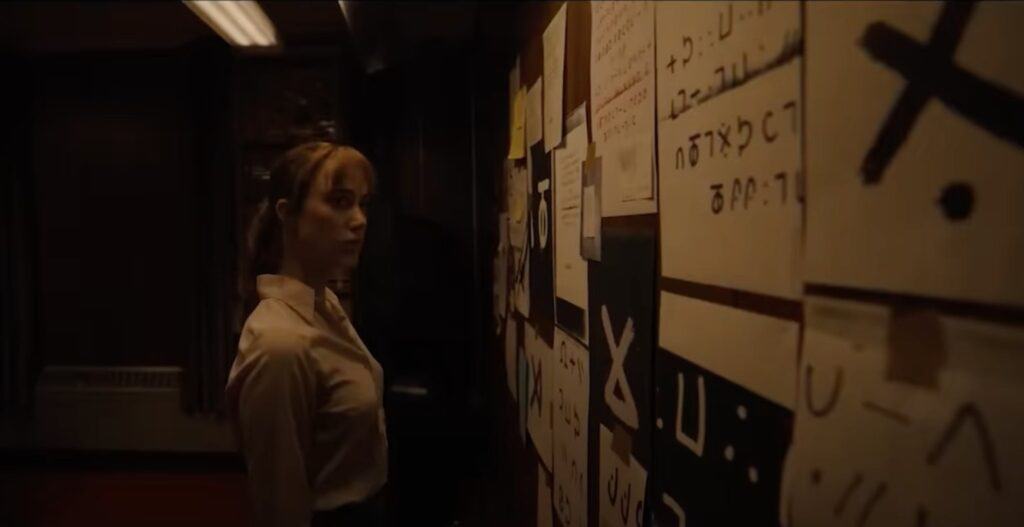
Yet, whilst it is duty bound to owe applaud to the assets that are Monroe and Cage, what catalyses the strong characters is the powerful script from Perkins, who knows precisely how to pluck at the nerve and form an unreal story that is as enigmatic, perplexing and intriguing as it is utterly shocking and to put it mildly downright nightmarish. As with many meritorious feats, Longlegs shines in its spirited visuals, which feature a handful of ugly, shocking images, which many Longleg’s viewers will vouch for as being quite invasive and hard to watch.
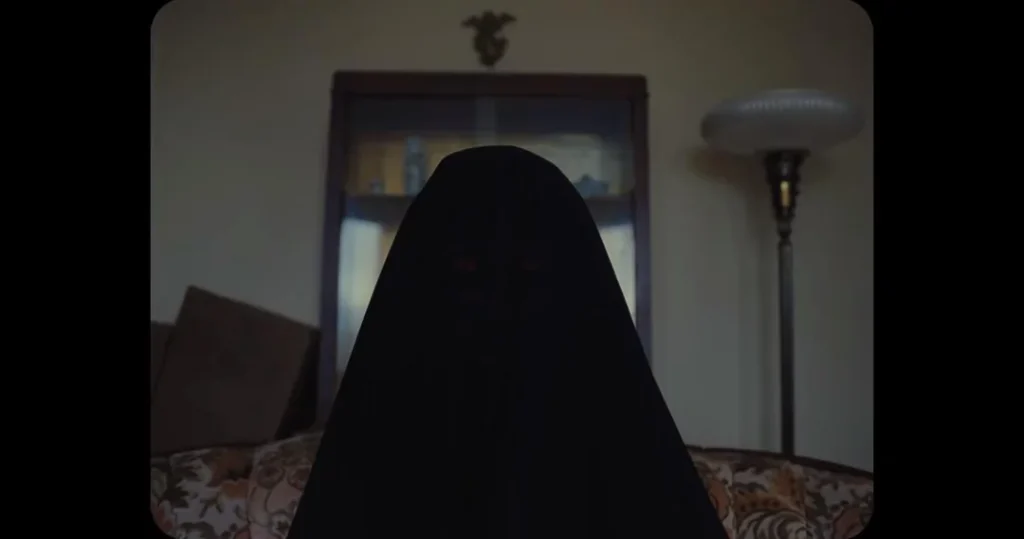
The moody and dread-filled atmosphere speaks to the film’s overt stylisation and thematics towards the Satanic Panic era, detailing an almost infectious-like moral panic that spread like wildfire, particularly throughout the U.S. circa the 1980s – 1990s. Longlegs tackles the layered fears that manifested from the ‘panic’, such as horror within the home, evil infecting the innocent and the inescapable weaving of darkness that has the ability to seep into even the most inconspicuous of circumstances.

A lot can be said about Longleg’s lengthy, effective and notably successful marketing campaign, which saw an array of strange social media posts infect the screens of every digital platform with an air of unexplained mystery. The team behind Longlegs’ marketing, Neon, used guerrilla techniques, which included randomised advertisements of phone numbers and Zodiac-Killer-like codes with seemingly no outward connection to an upcoming film. Joining this was a series of disturbing clips featured online, which showed the likes of a family picture with strange audio over the top, followed by other images of a lifeless body on a floor covered by sheets.

As evidenced in the marketing, let alone the entire film itself, Longlegs has an eerie, omnipresent aura of genuine creepiness that feels as if the horror has the ability to surpass the screen. This, combined with the moody, dismal, dark layout and beyond-creative character development, make Longlegs a strong, dare it to be said, unbeatable component for the year’s best horror film.
Want more top horror lists and reviews? Check out our blog here..

